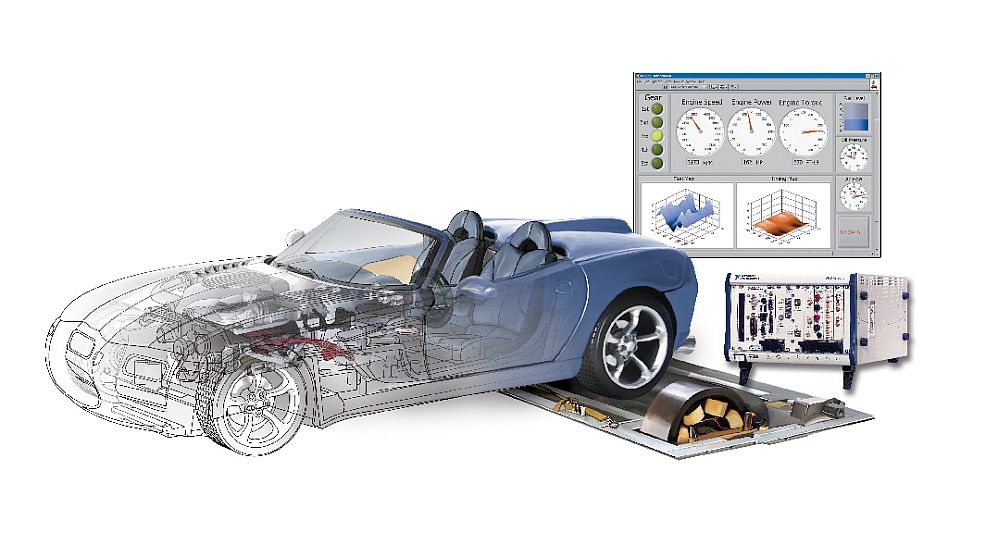National Instruments (NI) announced a new partnership with UT Austin’s Situation-Aware Vehicular Engineering Systems (SAVES) initiative. NI is supplying technology for an mmWave real-time testbed to accelerate research on automated and self-driving cars. This testbed will be used in advancing autonomous driving by focusing on topics related to ultra-low latency, new radar waveforms and data analytics.
NI is delivering the technology for advanced driver assistance systems (ADAS) and communicationtest in the 76–81 GHz range, based on NI’s mmWave front end technology and the recently released PXIe-5840 second-generation vector signal transceiver (VST). This testbed combines NI’s second-generation VST with banded, frequency-specific upconverters and downconverters designed to test the 76–81 GHz radar band with 1 GHz of real-time bandwidth.
Engineers can use this LabVIEW and PXI-based system for radar target emulation and hardware-in-the-loop (HIL) testing to determine the responsiveness of the vehicular network link between the sensors and the central processing unit in the car. This is needed for making self-driving cars safer and more reliable by testing both the hardware and software distributed across multiple sensors in the car.
SAVES, an initiative within the UT Austin Wireless Networking and Communications Group (WNCG), collaborates closely with the UT Austin Center for Transportation Research (CTR) to developp vehicular engineering systems. This includes the fusion of sensor data, discovering the relevance of data to safety and traffic management, and communicating the high bandwidth of sensor data to base-station and cloud-based infrastructure.
Deep machine learning and other data analytic methods bring both of these vectors together to enhance the driving experience. NI, Huawei and Toyota InfoTechnology Center are the three founding members of SAVES. While the Huawei research project concentrates on connecting communication and transportation performance metrics, the Toyota project focuses on position-aided beam alignment and low-frequency radar design and prototyping.
“SAVES is bringing companies at the intersection of wireless communication, sensing and automotive together with stellar faculty and students at UT Austin,” said Robert W. Heath Jr., director of the SAVES initiative and professor in the Department of Electrical and Computer Engineering in UT Austin’s Cockrell School of Engineering. “NI’s new ADAS test solution complements the other equipment at UT Austin, including an NI mmWave communication prototype and three test vehicles outfitted with radar, lidar, cameras and DSRC radios.”






